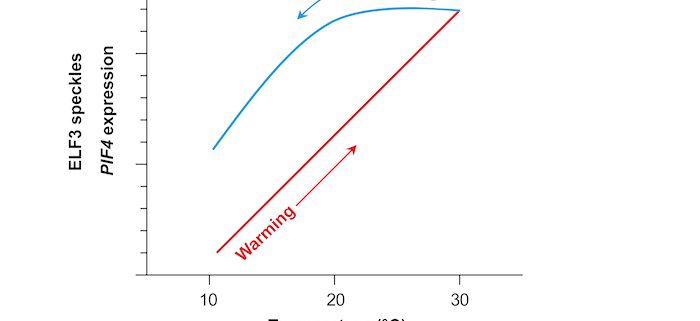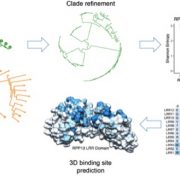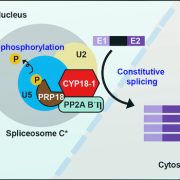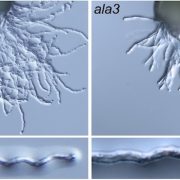Short-term memory of warm daytime in Arabidopsis
By Germán Murcia, Cristina Nieto, Romina Sellaro, Salomé Prat, and Jorge J. Casal
Background: Plants increase their stature in response to warm temperatures by enhancing stem growth. One thermosensor is EARLY FLOWERING 3 (ELF3). ELF3 represses the expression of PHYTOCHROME INTERACTING FACTOR 4 (PIF4), encoding a protein that promotes stem growth. In turn, warmth decreases the activity of ELF3 via a process that involves transitions in the liquid phase where ELF3 is present in the nucleus, increasing the levels of PIF4 to enhance stem growth. Another thermosensor is phytochrome B, which represses the activity of CONSTITUTIVELY PHOTOMORPHOGENIC1 (COP1). In turn, COP1 represses the activity of ELONGATED HYPOCOTYL 5 (HY5), which represses growth; warm temperatures inhibit this pathway to promote growth.
Question: Since plants experience fluctuating temperatures, we wanted to investigate whether they possess molecular mechanisms that store information about daytime temperatures to control stem growth during the night.
Findings: We observed that daytime temperatures affected the nighttime growth of the stem (hypocotyl). We analyzed the molecular dynamics of the key components of the signaling network and hypocotyl growth in mutants under different day/night temperatures. The short-term growth memory required ELF3, PIF4, COP1, and HY5, which carried daytime temperature information into the night. In response to increasing temperatures, ELF3 grouped into condensates associated with reduced activity. However, upon cooling, these condensates barely changed. PIF4, controlled by ELF3, followed the same pattern. A system shows “hysteresis” when, as shown here, the response to an increasing or decreasing variable (such as temperature) shows different levels of sensitivity. We demonstrate that memorization of past conditions involving the formation of cellular condensates, which occurs in yeast and Drosophila, also occurs in plants.
Next steps: The natural environment of plants is complex due to the simultaneous exposure to several fluctuating cues. We aim to explore the molecular mechanisms involved in integrating this complex information.
Reference:
Germán Murcia, Cristina Nieto, Romina Sellaro, Salomé Prat, and Jorge J. Casal (2022). Hysteresis in PHYTOCHROME INTERACTING FACTOR 4 and EARLY-FLOWERING 3 dynamics dominates warm daytime memory in Arabidopsis. https://doi.org/10.1093/plcell/koac078










